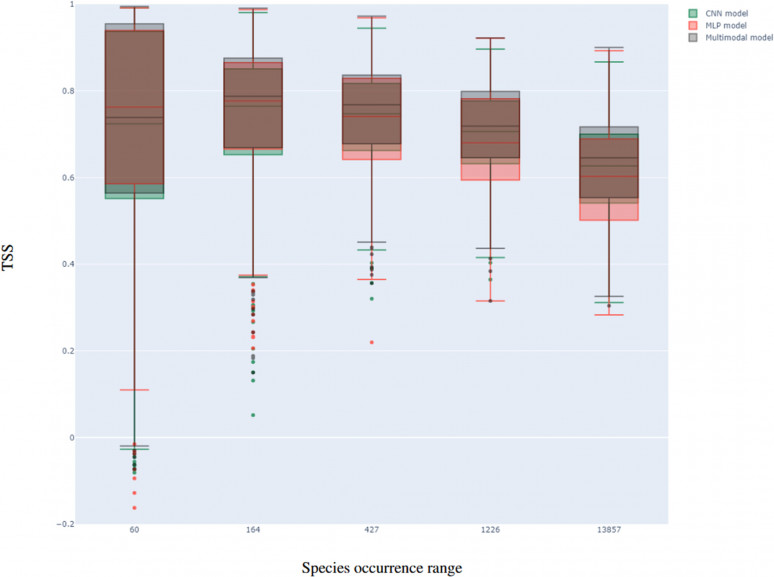
A new study explores deep learning models for applied and theoretical research of biodiversity
Accurately predicting species distributions and community composition is essential for understanding ecological processes and supporting conservation. Traditional species distribution models, while effective for single-species predictions, struggle with multi-species community-level tasks due to scalability and data imbalance issues.
A new study in “Methods in Ecology and Evolution”, published with the support of OBSGESSION, explores deep learning as a promising alternative, presenting four models:
-
Multi-layer Perceptron (MLP) – for tabular data (e.g., climate, soil).
-
Convolutional Neural Network (CNN) – for image-based inputs.
-
Vision Transformer (ViT) – for high-resolution imagery (e.g., satellite, aerial).
-
Multimodal Model – combining tabular and image data.
All models use site × species community data, differing by input type and architecture.
The team of authors, researcher in LECA - the Alpine Ecology Laboratory, apply the models to a plant community dataset from the French Alps and demonstrate that deep learning can robustly predict species communities, handle diverse data types, and support interpretability and transfer learning. These tools significantly advance ecological modeling, offering new possibilities for both applied and theoretical research.
Read the full article here and in the Library of the website.